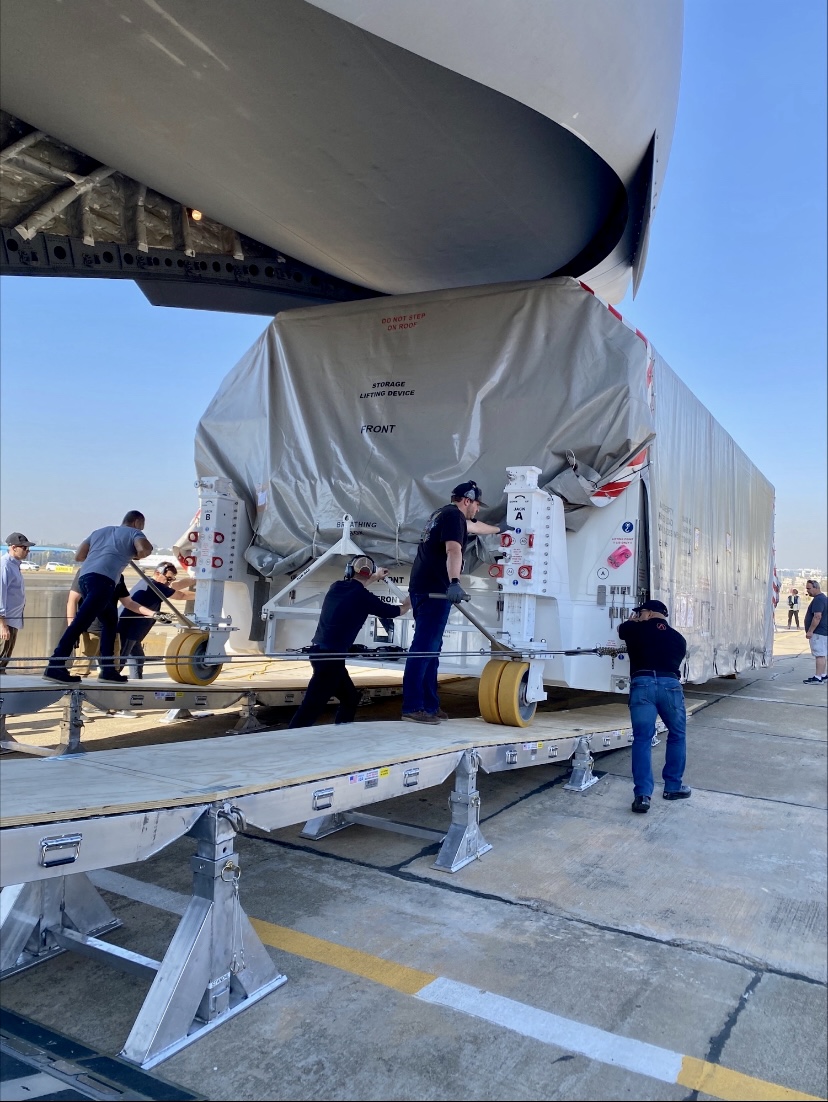A transport plane of the US Air Force carrying a NASA – ISRO satellite arrived in Bengaluru Wednesday, marking a major milestone in the growing India-US civil-space collaboration.
“Touchdown in Bengaluru! @ISRO receives NISAR (@NASA-ISRO Synthetic Aperture Radar) on a @USAirforce C-17 from@NASAJPL in California, setting the stage for final integration of the Earth observation satellite, a true symbol of #USIndia civil space collaboration,” tweeted US Consulate General Chennai.
NISAR, an Earth-observation satellite, is being jointly developed by the National Aeronautics and Space Administration (NASA) and the Indian Space Research Organisation (ISRO). The satellite will be deployed for a joint mission to measure changes in the Earth’s crust and land ice surfaces.
ISRO will use the satellite to monitor glaciers in the Himalayas and landslide-prone areas.
The NISAR satellite will measure changes in the Earth’s ecosystems, helping researchers understand the consequences of land-surface changes, and will also spot warning signs of natural disasters like earthquakes, and volcanic eruptions, sea level rise, etc.
The SUV-sized satellite weighs around 2,800 Kg and consists of both L and S-band Synthetic Aperture Radar (SAR) instruments.
The NISAR satellite can penetrate through clouds and can produce high-resolution images even in bad weather.
The L-band SAR operates at a wavelength of 24 cm, allowing greater penetration into forests for more interaction between the radar signal and large branches and tree trunks, according to NASA.
The S-band SAR operates at a shorter wavelength of 12 cm and can see through objects like clouds and the leaves of a forest canopy that obstruct other instruments.




















